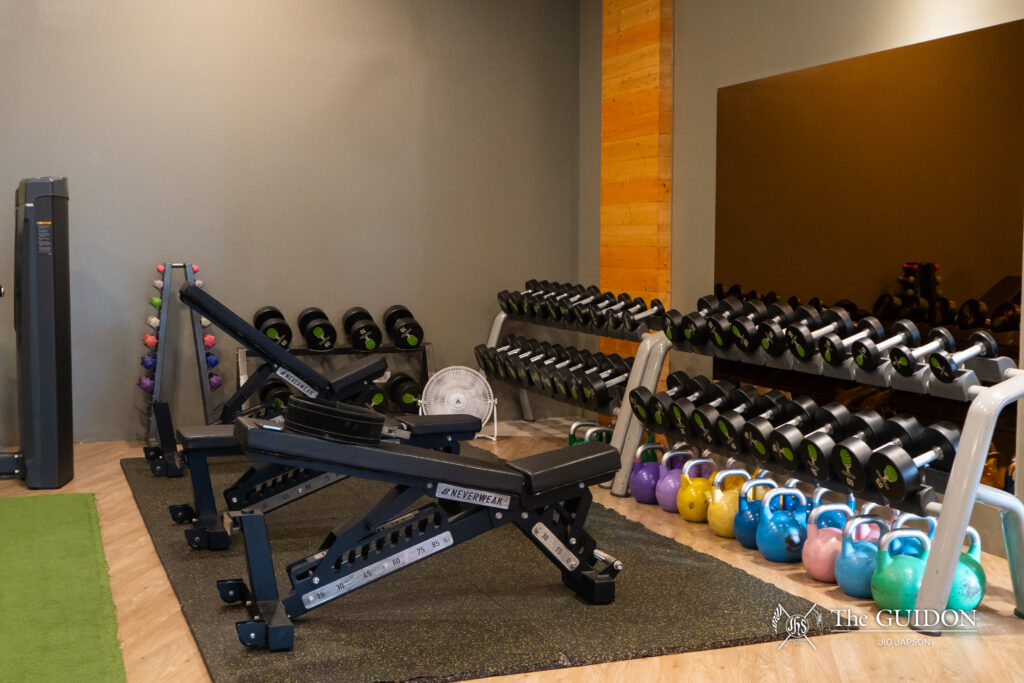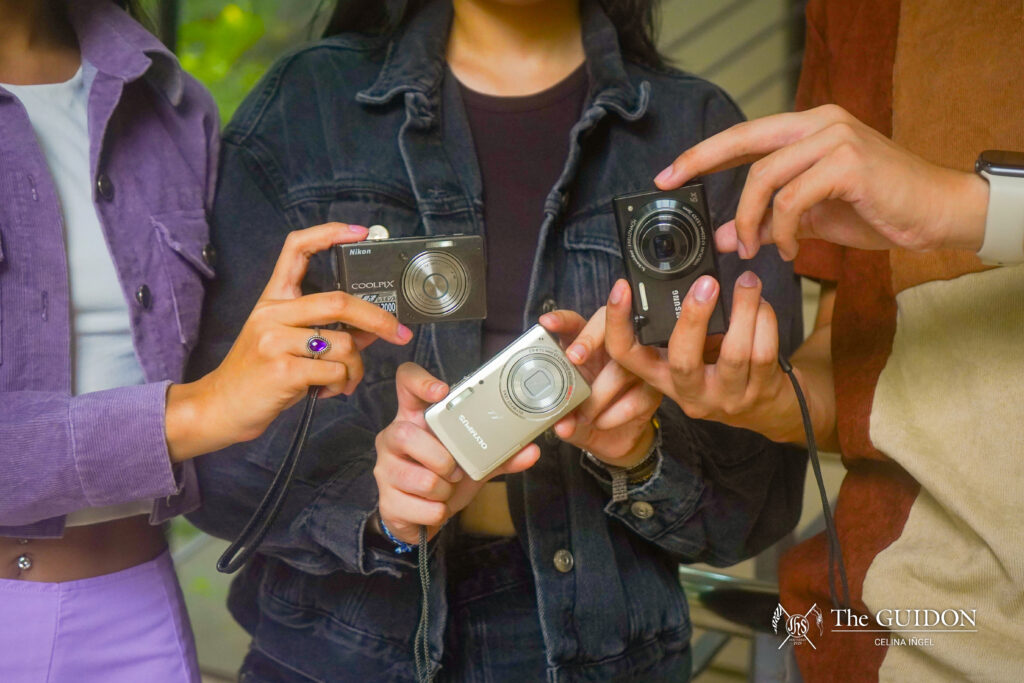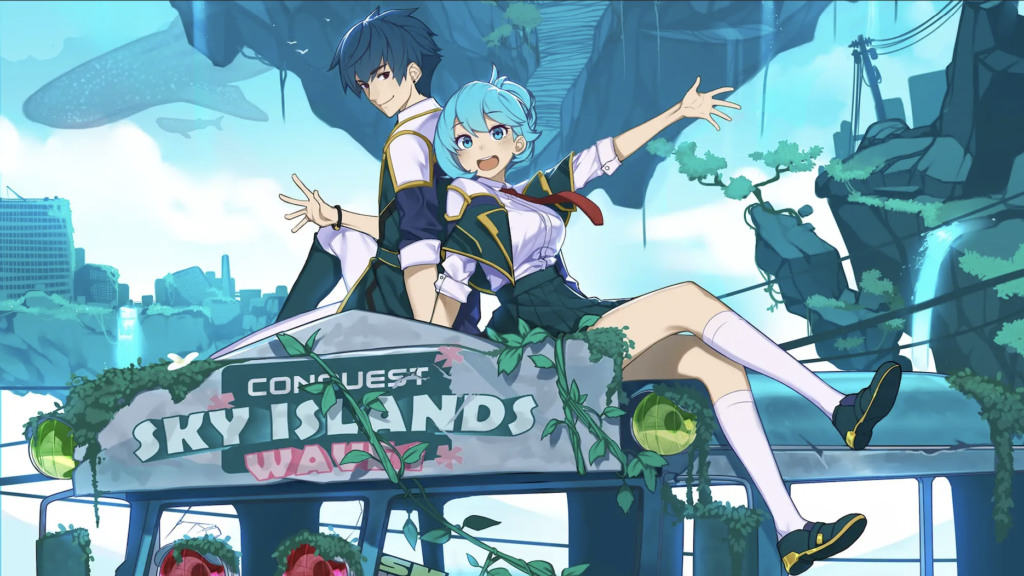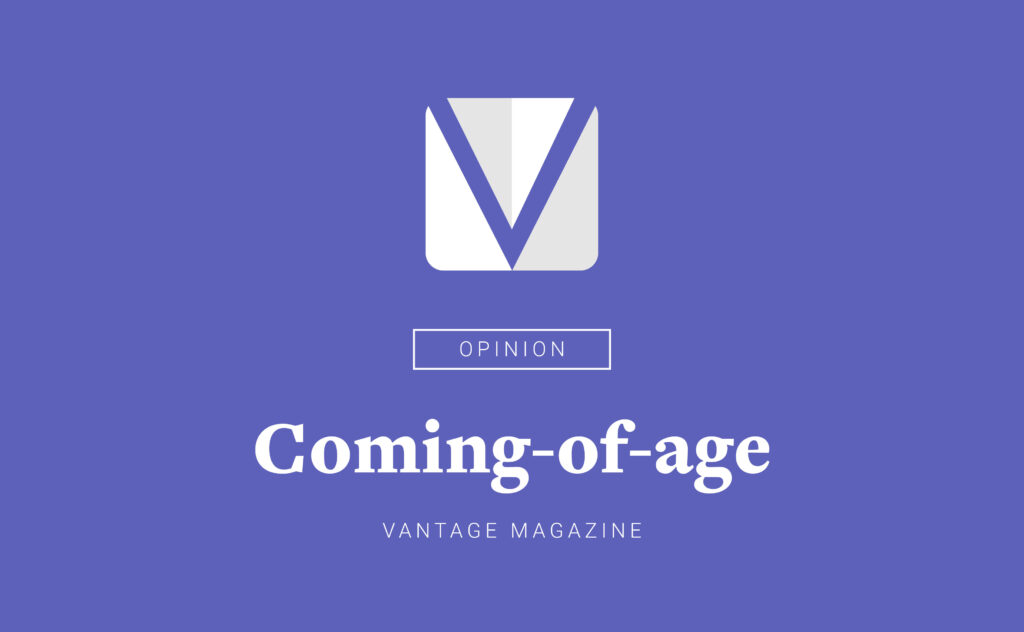From being a home for many of Manila’s firsts–the first ice cream parlor and first cinema, to name a few–Escolta is a place lost in time. The street’s rich history, along with its current hustle and bustle, then make Escolta Block Festival a one-of-a-kind experience: One where the past and present come together. You wouldn’t forget this celebration of community packed with exhibits, activities, arts and crafts, food, and more.
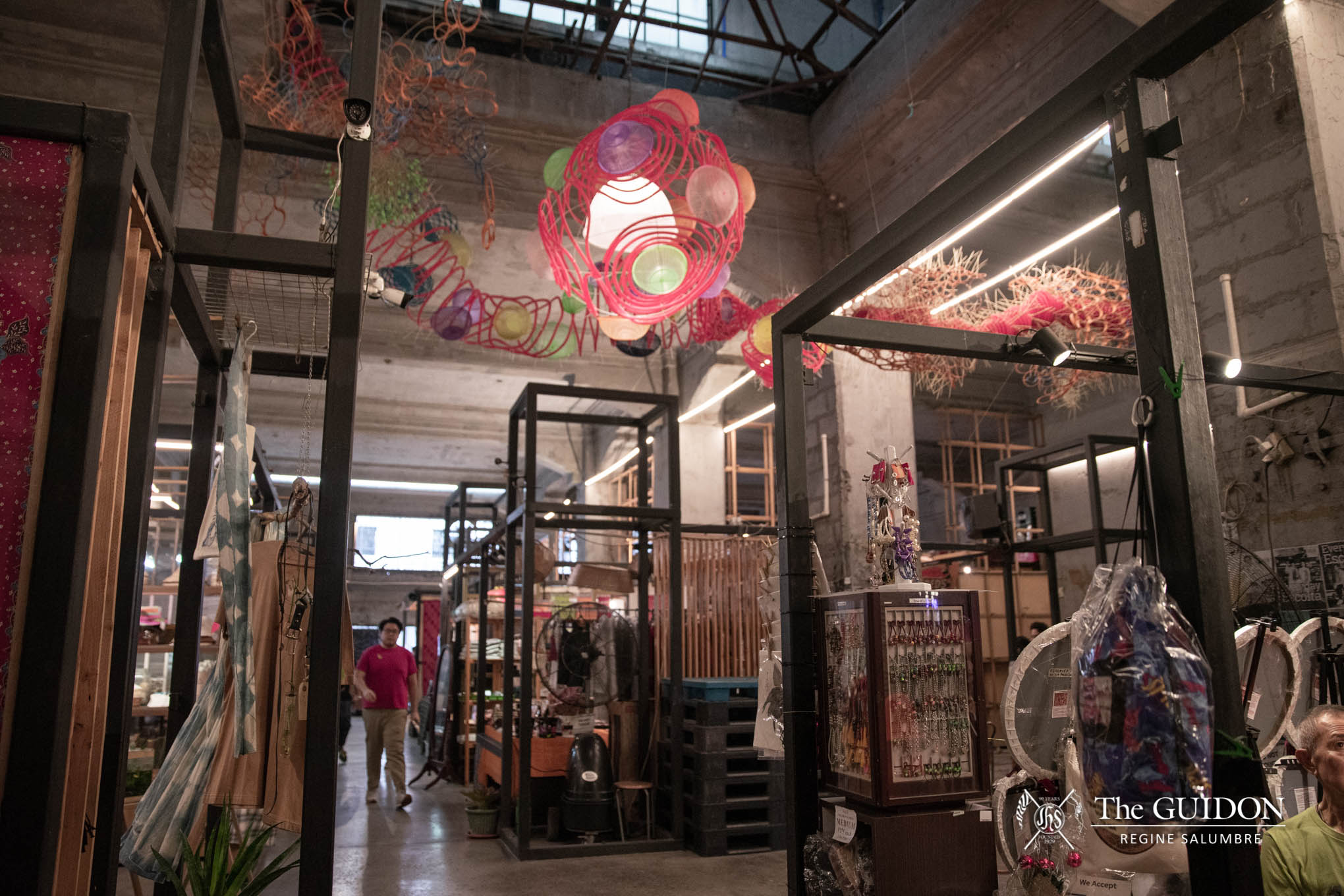
This celebration was first known as artist collective 98B’s Escolta Block Party in 2016. Back then, the party was just a small block-wide celebration of the famed street. This year, as the party evolved into a month-long festival, its organizers chose the theme “Future Forward” to drive the discourse on livable spaces.
The past
Before Block Festival and Block Party, Escolta was relatively empty come nightfall. There were no stalls, no music, and barely any people populated the streets by 6:00 PM. Architect Richard Tuason Sanchez Baustista was one of the first to suggest drawing more creatives to the street. “If you want people to come in [and] participate, give a space for them to lounge around,” says Bautista. He believed that the idealistic youth could start a “‘fusion of thoughts,” transforming the area into the Escolta that we know today: A space where people can meet, hang out, and have a great time.
This year’s festival director Reymart Cerin was among the first creatives who found a home in the then-sleepy street. He co-founded The Public School Manila, a design studio taking space on the fifth floor of the First United Building. He, together with other creatives in the area, collaborated to bring more life to Escolta. “We started very small. We just closed off one block,” Cerin recalls. “Our [thrust] then was for more people to talk about Escolta and also to inform everyone of the rich heritage and culture in this area.”
The present

The past years can be recalled through the Block Party’s constant billing as a “street gathering by a lovely community.” But with this year’s theme of “Future Forward,” Escolta imagines livable spaces through fun exhibits and talks. Cerin explains that it’s about “…what we all can do together to help the city function well and to start [those] conversations.”
An exhibit embodying this theme was The Manila Creative Exchange’s Tipong Filipino: A Typography Exhibit at the Panpisco Building. The exhibit showcased typefaces capturing Filipino culture and our experience of space–one of which was Plus63 Design Co.’s Commute, reflecting Metro Manila’s traffic situation.

Aaron Amar is another of talented designer who brings Filipino typefaces to the table. This year, he debuted in Tipong Pilipino with his Dangwa Free Typeface, which recognizes the existence and livelihood of not only jeepney drivers and signmakers, but all kinds of manggagawa (workers).
With a sorbetes cart framed at the center of his typeface poster and a header that reads “Magiliw,” Amar alludes to the iconic sweet treat familiar to Filipinos. He aims to evoke a sense of nostalgia through his work. “Marinig lang natin ‘yung kalembang [ng ice cream] masaya na tayo (Just hearing the ringing that signals the presence of sorbetes ice cream already makes us happy,)” Amar shares.
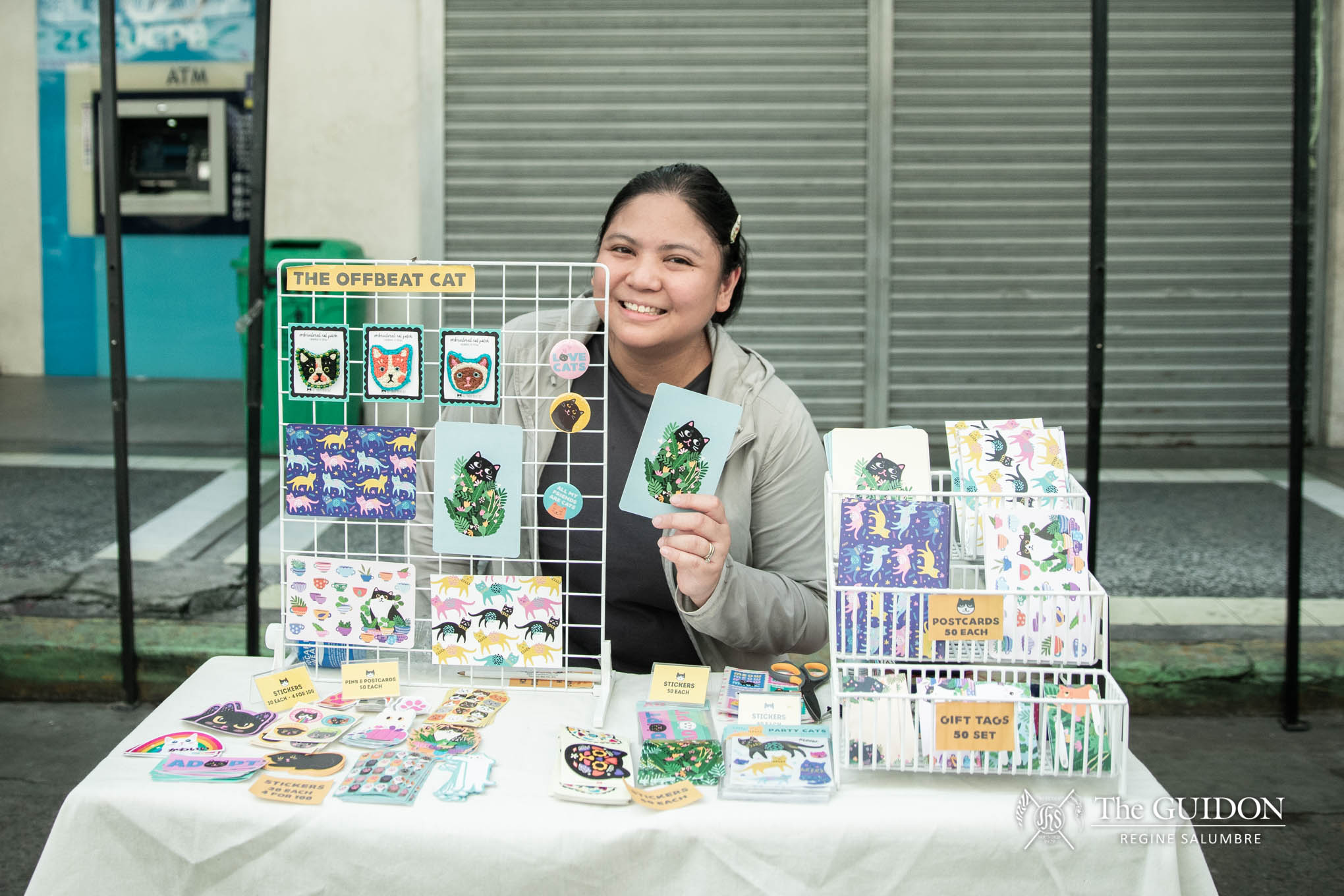
While some like Amar reflect the Filipino identity through typography, Escolta has also been home to illustrators and other types of artists. Independent artist Kate Ballecer has come back to the street year after year to exhibit her works. She is known for creating adorable, digitized cat illustrations for stickers and postcards. Her inspiration traces back to her volunteer efforts for cats ever since she was young. “I do a lot of rescues and feeding community cats, so this is a way for me to have extra money to fund that activity,” Ballecer explains. With this advocacy in mind, she continues to create art as @theoffbeatcat on Instagram.
Yet another artisan-vendor made his presence known in a rather different fashion. Sashaying through the streets of Escolta this year in a conical straw hat, rings, and sprigs of lavender in hand was traditional and digital artist Adam Red.

Red, owner of the historically patterned brand Indio, was moved to dismantle and challenge derogatory interpretations of the Spanish colonial rule. Indio’s designs thus combine the glories and tragedies of Philippine history with elements of modernity. He plays with photo manipulations of María Clara with a carabao head, and the Pintados wearing an American independence day hat. These designs are sold as vinyl stickers and icons on tote bags. As Red adds these creative twists to national emblems, he proudly notes that “being Filipino has never felt this good.”

For others, the event has simply become a yearly opportunity for fun times and great finds. For an annual visitor like Andrea Adriano, Escolta is a haven for affordable thrifts like apparel and film. She happily acknowledges that through the event, she is able to support local artists and their crafts. Beyond this, she also considers the Escolta Block Festival as a time to create lasting memories with her friends.
Though this year’s Escolta Block Festival has surely wrapped up, we can’t help but think of what it has in store for the future. Perhaps it will grow into an even bigger festival, with more stages, more artists, and exhibits. The possibilities are endless, and the only way to find out is to immerse yourself and get lost in Escolta next year.
Editors’ Note: This piece was based on a trip to the Escolta Block Festival on November 23, 2019.


